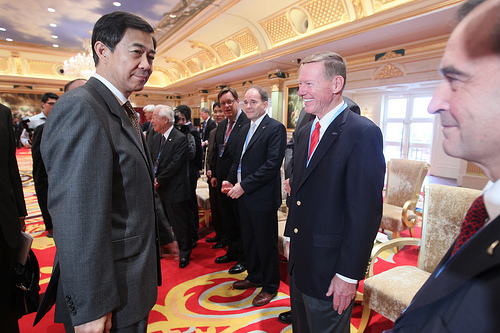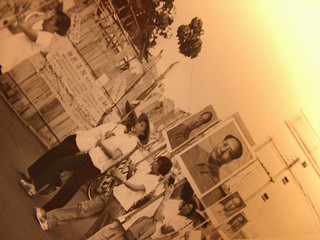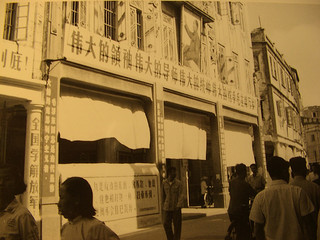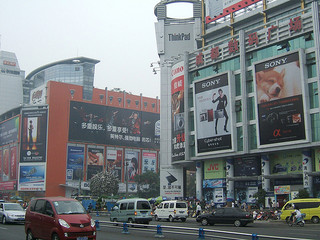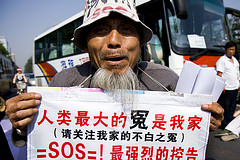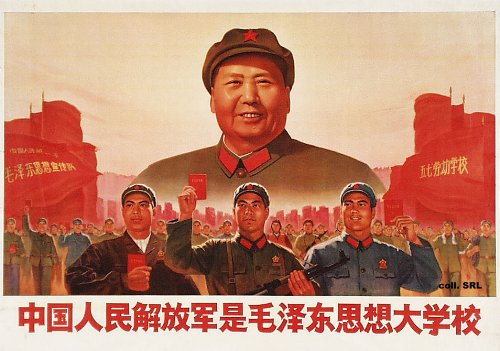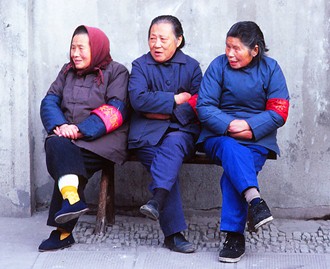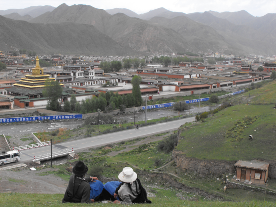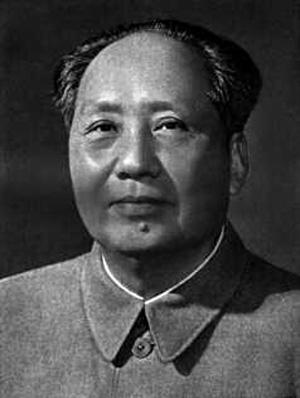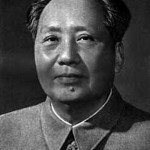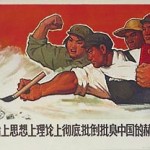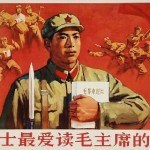By Claire Mathon, Tommy Hauver and Michael Tan
Many societies undergo events that have profound effects on their culture. In China, this event is regarded as the Cultural Revolution. Between 1965 and 1976, Mao attempted to reassert his authority over China through implementation of his beliefs because he feared that China was moving in an inegalitarian direction. Mao was heavily influenced by similar events in the Soviet Union and made the decision to move toward a more ideologically pure society, as the Soviets did. (Cultural).
The objective of the Cultural Revolution was to get rid of old ideas and customs in order to make education, art, and literature more in line with Communist ideology. Anything that displayed feudal or bourgeois ideals was destroyed. Mao was essentially attempting to create a society in which there was no gap between urban and rural, rich and poor, and laborers and intellectuals. (Cultural Revolution)
In an effort to close this gap, many young Chinese were sent from cities to work in the countryside. In fact, the Chinese government ordered that one teenager from every urban household move to the countryside to work on the farms. (CNN: Tracy You) This deprived many young people from receiving educations in the city. Interestingly enough, this period of time in China showed an extreme urban-to-rural migration, or reverse migration, for the Chinese youth. However, soon after the Cultural Revolution, urban populations began to increase again due to an increase in employment opportunities in cities. (Britannica: Consequences of the Cultural Revolution)
This photo was taken in 1967 and shows two Chinese citizens being branded as “Capitalist Roader” and subjected to physical abuse in front of the public. Source
It is estimated that 1.5 million people were killed during the Cultural Revolution and millions of others suffered from imprisonment, torture, and humiliation. (Cultural) The long-term effects of the Revolution are still prevalent in China today, particularly in Chinese villages. The traditional village social structure was severely affected. Peasants were encouraged to seize landlords’ fields and other property, which was an effort by the government to strengthen support from the poor. Land was distributed equally among all social classes, and in the process, all traditions of the villages’ social structure were lost. The Cultural Revolution paved the way for urbanization, which ultimately transformed village culture. People were forced to move to cities because they could no longer sustain themselves in the villages. They left behind their history, their tradition, and their legacy because the country made such a dramatic shift toward a more urbanized society.

See also:
Village Farming and Food Before Cultural Revolution
Layout of Villages Before Cultural Revolution
Urbanization of Chinese Villages After Cultural Revolution
Continue reading “Urbanization: Chinese Cultural Revolution”


